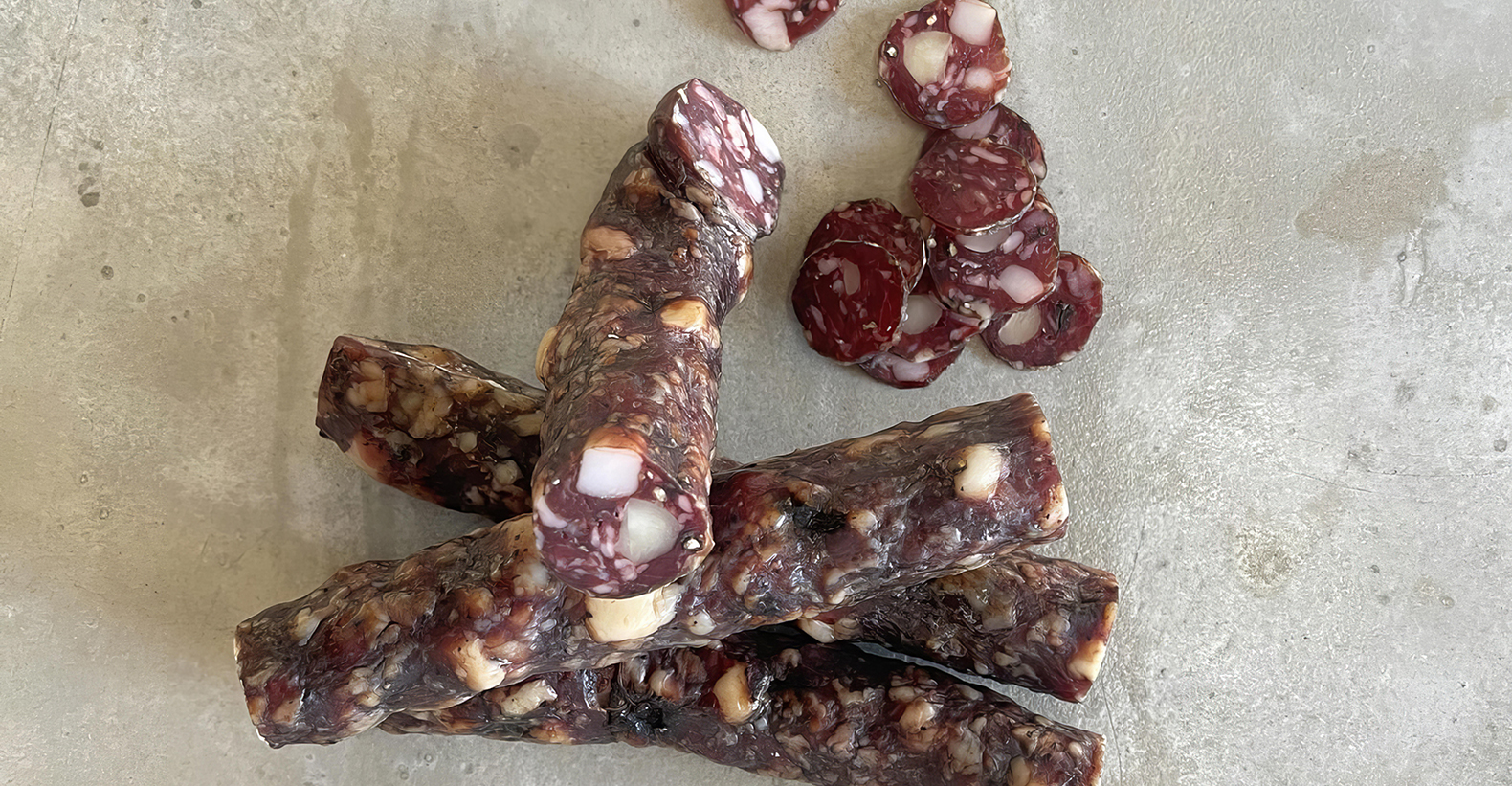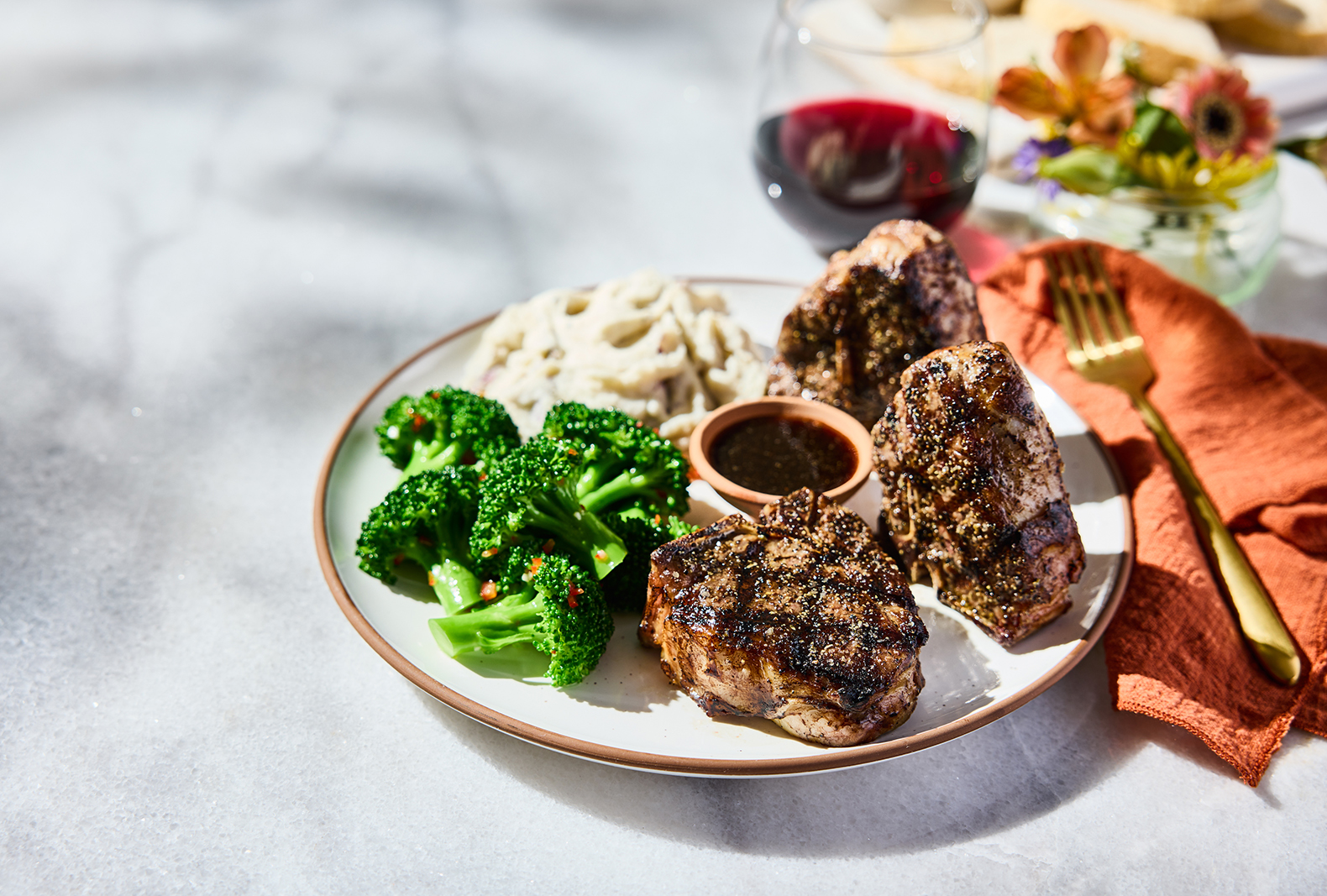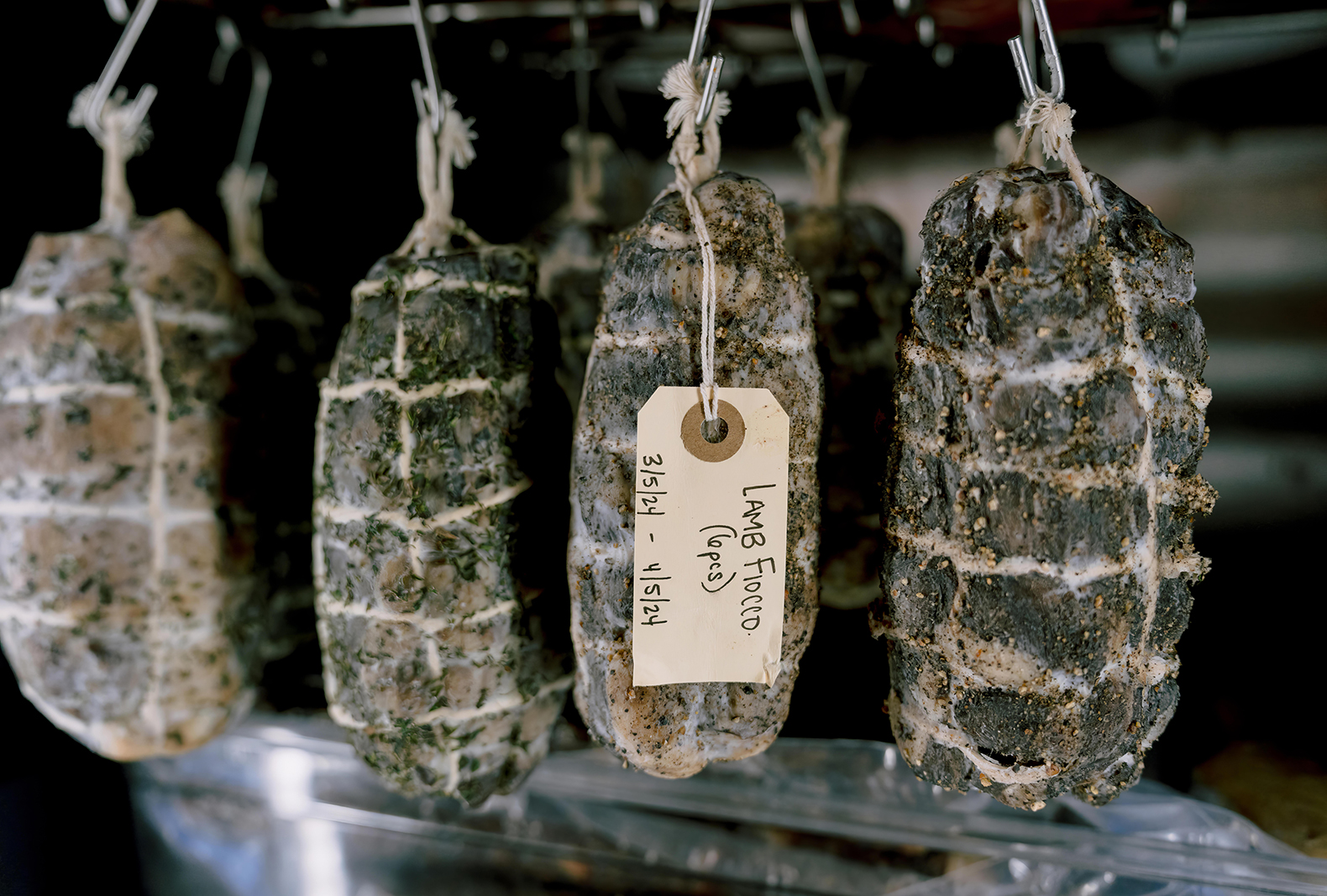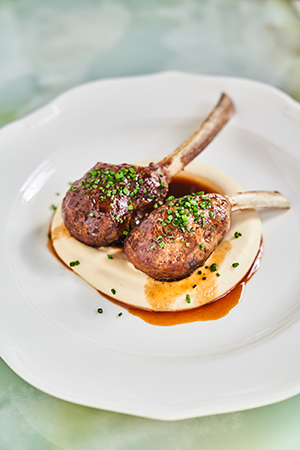Trend watchers will tell you that consumers, when dining out, want to be adventurous these days, but not too adventurous. Take something traditional and make one change, and you’ve got their interest.
Lamb can fit that bill. People know what it is, and if they’re among the growing number of Americans who want bolder flavors, lamb has them.
“People can tell when they’re eating lamb,” said Kevin Getzewich, chef of The Kingstide, a restaurant by The Indigo Road Hospitality Group in Daniel Island, S.C., outside of Charleston, who braises lamb neck in the winter and cures and grills the loin in the warmer months.
It remains a niche protein, however. Per capita annual consumption in the U.S. is a little less than one pound, compared to more than 13 pounds in Australia, according to Australian Beef & Lamb, the trade body responsible for marketing those products.
But those who eat it are a desirable market: Restaurant research firm Technomic reports that lamb consumers skew wealthy, with an annual income over $150,000, as well as millennial, male, and white.
And menu mentions of lamb are on the rise: Technomic reports a 0.5% increase over the past year, although that’s below pre-pandemic levels. Given the demographic that dines out on lamb, it’s not surprising that it appears most often at fine-dining restaurants, where 47.2% of operators have it on their menu, followed by upscale casual-dining restaurants, 31.8% of whom offer it.

Butchr Bar’s salami is made with macadamia nuts and Australian pepper berry.
But there are some fast-casual restaurants selling it, too, especially Mediterranean-accented chains like CAVA, which has a spicy lamb meatball pita, and Taziki’s Mediterranean Café, which offers a traditional gyro as well as a “Lamb Feast” — char-grilled lamb with choice of basmati rice or roasted potatoes, choice of Greek, Mediterranean, or Caesar salad, and pita chips — and a lamb burger, topped with crumbled feta cheese, grilled onions and peppers, and tomato, which has earned its place as a permanent part of the menu after having first been tested in the summer of 2021.
“Lamb is a huge part of our menu,” said Julie Wade, senior director of marketing for Taziki’s, which is based in Birmingham, Ala., and just opened its 97th location, in Johns Creek, Ga.
“Huge” is a relative term; it’s lamb, after all. But Wade said it makes up about 10% of Taziki’s sales.
She said when the chain debuted the lamb burger, it was the first time it offered a more male-focused promotion, which is unusual for the brand since around 55% of Taziki’s customers are female, so promotions tend to be around salads and seafood.
“The lamb burger is pretty hearty, so that was appealing to a different crowd to us, and it was extremely successful,” she said.

The Tuscan-Grilled Lamb T-Bone that was at Carrabba’s Italian Grill this spring received such positive feedback that it’s very likely to return.
“The wood-grilled lamb T-Bone was a great addition to our seasonal menu,” said Carrabba’s head of marketing Bronze Major in an email. “Our chefs prepared it with our signature grill baste and olive oil, and served it with a bourbon mint demi-glace.”
He added that response to the dish was “overwhelmingly positive. … I’m sure we will bring it back in the future.”
Heritage Grand Bakery, a casual-dining restaurant with an attached grab-and-go bakery in New York City that caters mostly to business diners and tourists, has lamb skewers on the permanent menu as well as a lamb flatbread on its specials menu.
“I think lamb is great,” owner Lou Ramirez said, “but the way you position it on the menu is what sells it.”
He noted that his guests aren’t particularly adventurous, so sometimes a little hand-holding is in order.
The skewers are menued using their Italian name, Arrosticini Abrusseze, lending a touch of authenticity. They’re seasoned with onion, garlic, cumin, coriander, fennel seed, allspice, chile flakes, and thyme, and served with tzatziki and chile oil.
Ramirez says it’s the fact that it’s skewers that sells them, not the lamb.
The flatbread is called Moroccan Spiced Lamb Flatbread, flavored similarly to the skewers and served on ancient grain flatbread (in this case “Population Wheat,” produced by scattering 17 different grains in a field and harvesting whatever grows) with pickled onions and a drizzle of labneh.
Ramirez said it’s listed as a special intentionally.
“When we actually put it on the menu, it didn’t move, but as soon as you put it on the specials menu and the servers sell it, then people come back for it,” he said.
At Butchr Bar, a natural wine bar and retail shop with an in-house charcuterie program in the Echo Park neighborhood of Los Angeles, head charcutier Teresa Cabansag makes a wide variety of lamb items, often flavored with native Australian herbs and spices.
The venue is owned by Australian meat importers Tyson and Bridgette Blackney, so Cabansag’s approach is definitely on-brand. She makes a lamb salami with macadamia nuts and Australian pepper berry as well as rosemary and red wine.
Her lamb speck is dry-cured for a month and then smoked with Australian lemon myrtle and white oak.

At Butchr Bar, a natural wine bar and retail shop with an in-house charcuterie program in the Echo Park neighborhood of Los Angeles, head charcutier Teresa Cabansag makes a wide variety of lamb items.
She said the salami in particular gets positive feedback.
Curing lamb is similar to curing other mammals, but since it has much less fat than pork, the water loss is greater, and because lamb is more flavorful than pork Cabansag said she spices it more aggressively.
“The umami in the lamb is very forward and you have this bright grassiness. I wouldn’t call it gamy, but I know that I have to up the spices, the wine, and definitely the garlic on everything that I’m doing,” she said.
Garlic and lamb go together in many cuisines, especially in the Eastern Mediterranean.
George Pagonis, chef and co-owner of Paros, a Greek restaurant in New York’s Tribeca neighborhood, said lamb, as well as goat, are an important part of Greek cuisine because those animals thrive in hilly climates with limited arable land. Among his lamb dishes is the youvetsi shank, braised lamb that is finished with orzo that absorbs the braising liquid.
Pagonis seers and then braises lamb shank in Greek tomato paste with allspice, cinnamon, oregano, rosemary, thyme, and bay leaves.
He also makes a lamb pie by roasting lamb shoulder, pulling the meat, searing it with shallots and garlic, and then finishing it with oregano and thyme. Once it cools he adds a sheep milk cheese called Kefalograviera and then rolls it in phyllo and bakes it. He serves it as an appetizer with Greek lemon yogurt.
“It’s a very big hit,” Pagonis said.
Apart from well-to-do male millennials, hunters also often enjoy lamb, said Getzewich of Kingstide in South Carolina, many of whose customers hunt. “We don’t really have any pushback against lamb here,” he said.
For his summertime loin, after curing it with salt, pepper, berbere spice, and za’atar, he cooks it over a wood grill.
“Lamb lends itself well to a little bit of smoke,” he said.
He serves it with a salad of English cucumbers that he smacks lightly with a rolling pin to release the juices and then rough chops and mixes with local tomatoes and corn. The salad is dressed with sea salt, cracked pepper, lemon juice, and smoked olive oil that he makes by submerging embers from his fire into the oil for 24 hours.
“It’s just a refreshing, light dish,” he said.
 Photo: At Dalida in San Francisco lamb chops are enrobed in spiced kebab meat and caul fat.
Photo: At Dalida in San Francisco lamb chops are enrobed in spiced kebab meat and caul fat.
Sayat Ozyilmaz, co-chef with his wife Laura Ozyilmaz of Dalida, an Eastern Mediterranean restaurant in San Francisco, said his restaurant draws lamb enthusiasts.
“There’s a very educated population that really follows lamb [but] they don’t really cook it at home unless it’s on the grill, so it works really well for us,” he said.
Among his more popular dishes is his Cypriot lamb chop, a variation on a tradition on Cyprus to wrap kebabs in caul fat.
He wraps lambchops in kebab meat and then wraps that in caul fat before roasting it.
“We’re basically putting that tradition on top of a lambchop,” he said.
Contact Bret Thorn at [email protected]

